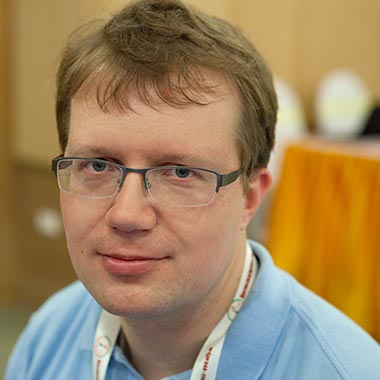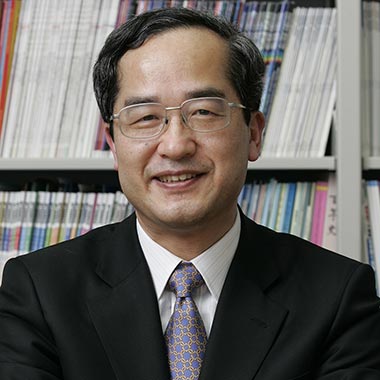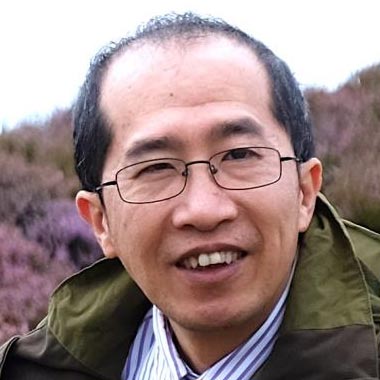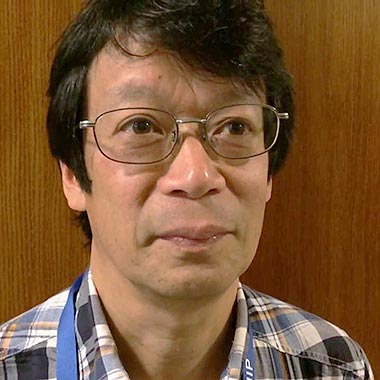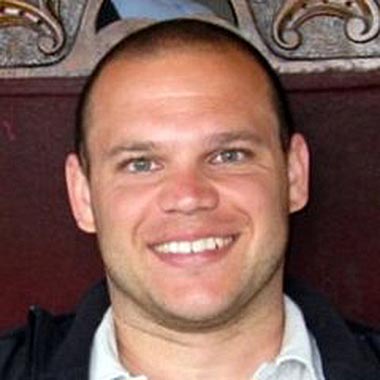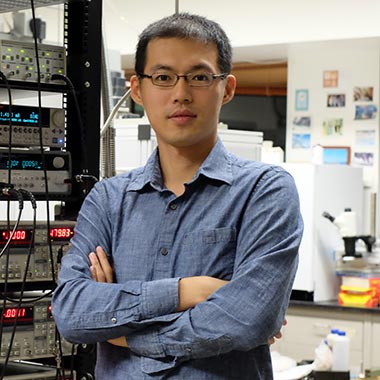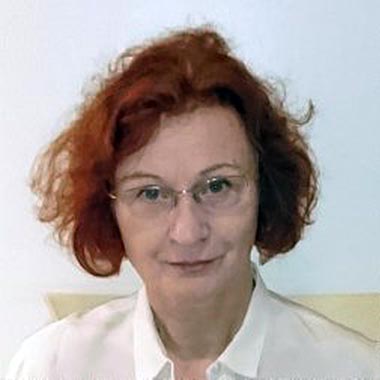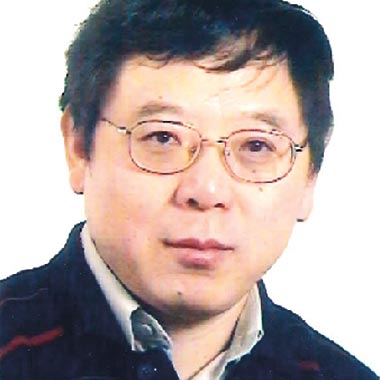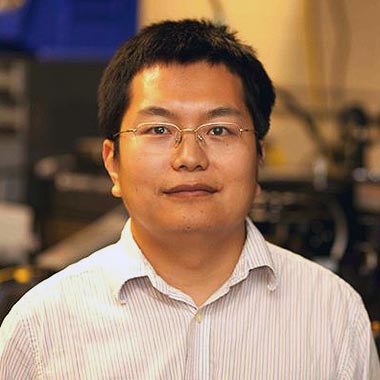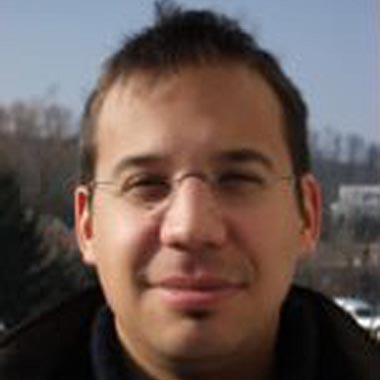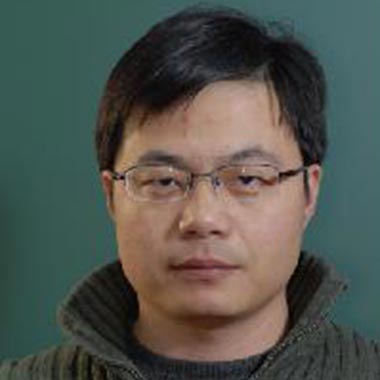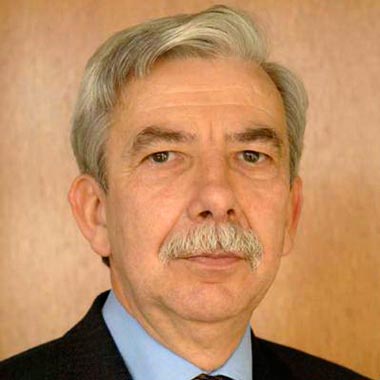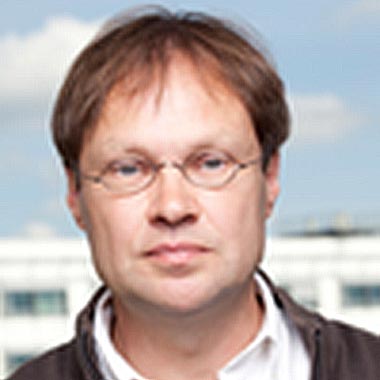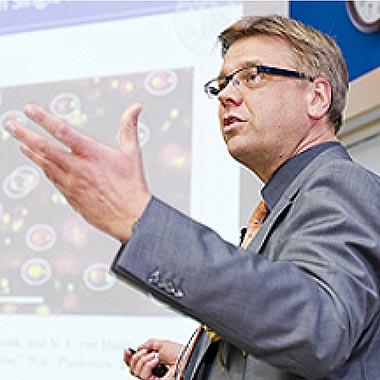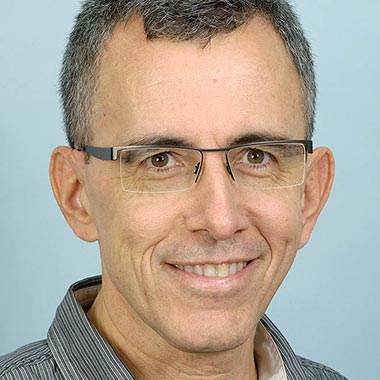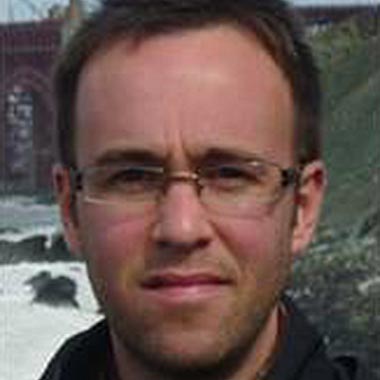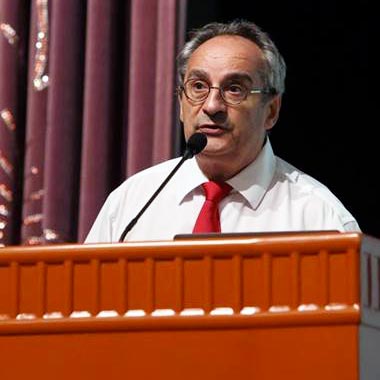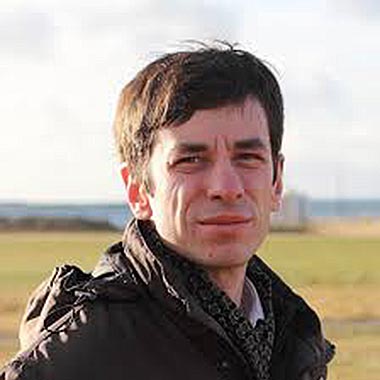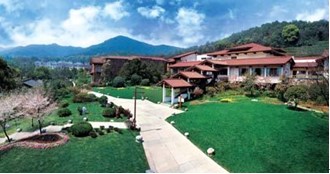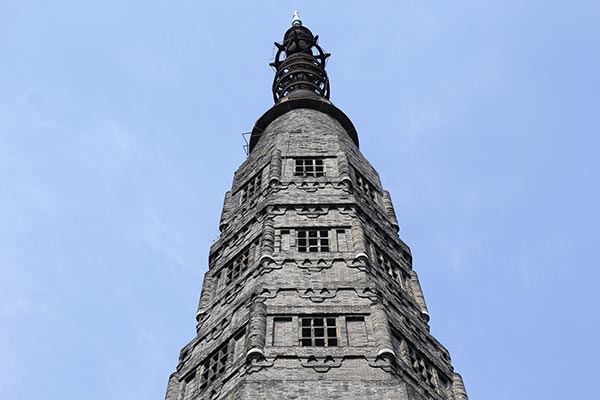Nanotubes (NTs) of transition metal dichalcogenides (TMD) attract an increasing interest due to possible applications in
nanoelectronics and nanophotonics. The radiation ability of NTs has been discovered recently, in spite of the fact that
they were synthesized long enough ago. Their planar allotrope of a monolayer thickness demonstrates bright photoluminescence
(PL) related to direct bandgap excitons, while multilayered structures exhibit the rather weak emission of indirect exciton states.
In common opinion, the multiwalled NTs should exhibit similar behavior. Contrary to that, we observe the bright PL from
the single TMD NTs (MoS2 and WS2) with diameters of 0.2 - 2 microns, whose walls contain several dozens of monolayers. In contrast
to the flakes, synthesized during the same process, the NTs display predominantly the emission of direct excitons. PL temperature
dependencies in the NTs and flakes differ by the decrease or rise, respectively, in PL intensity with increasing temperature.
However, they have a common feature that is the suppression of the indirect exciton transitions at low temperatures. This has
been observed in the flakes that were exfoliated from a high-quality bulk crystal as well. The threshold appearance of the
indirect-exciton emission is suggestive of a spin-forbidden lowest state in indirect transitions. Transmission electron
microscopy studies have revealed that the NT walls are not homogeneous but consist of domains comprising 4-7 monolayers, the
thickness of whose and mutual shift (chirality) are controlled by the internal strain. Thus the optical properties can be discussed
in the context of the formalism of excitons in the chiral stacks. Such architecture promotes the localization of excitons within
isolated spatial regions. In other words, the condition for exciton confinement is rather 2D than 3D. A micron-sized tube can
act as an optical resonator supporting whispering gallery modes (WGMs) with the quality factor of several hundreds. The observed
sharp peaks of WGMs in the emission spectra are strongly polarized along NT axis (TM polarization). The reason of that is the TE
modes possess low quality factor in the spectral range of interest. Theoretical consideration shows that the polarization of
excitation affects the initial distribution of excitons in the NT walls, which can be probed using different detection regimes. At
oblique light incidence on the NT, the coupling between optical modes and direct exciton is possible with the formation of
exciton-polariton, propagating within the NT walls. However, the observation of such polariton needs the tubular structure of
higher quality, synthesized by either chemical reaction or grown by molecular beam epitaxy. The first attempts towards exploiting
of the latter method are done. In particular, it is demonstrated that such method can create nanostructures of different
shapes varied from nanoplatelets to nanotubes, and that some of them can radiate strongly polarized narrow PL lines. In general,
our studies open a way towards combination of an effective emitter and a resonator in single tubular structure.
Quantum Materials and Graphene I







